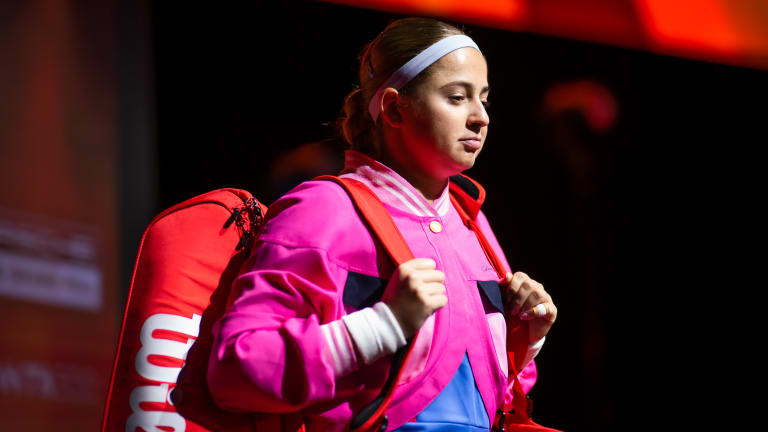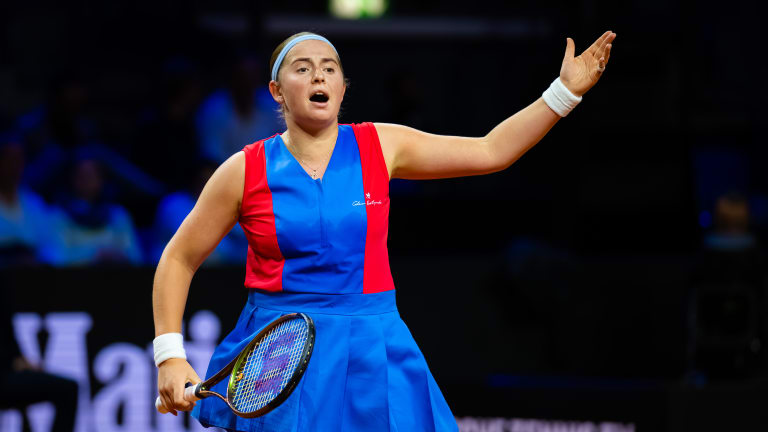My hope for Jelena Ostapenko: Can one of tennis' most skilled players give herself more grace?
By May 10, 2023Lifestyle
Jelena Ostapenko plans (relatively) lowkey birthday, teases merch line in Rome
By May 09, 2025WTA Rome, Italy
WTA Preview: No place like Rome for Iga Swiatek, Aryna Sabalenka seeks pre-RG sweep
By May 05, 2025Madrid, Spain
Jelena Ostapenko won't face Iga Swiatek in Madrid after falling to Anastasija Sevastova
By Apr 24, 2025Ranking Reaction
Aryna Sabalenka keeps growing ranking points lead at No. 1 after reaching fifth final of year
By Apr 22, 2025Stat of the Day
Jelena Ostapenko becomes first woman since Serena to beat No. 1 and No. 2 at same event on clay
By Apr 21, 2025WTA Stuttgart, Germany
Jelena Ostapenko routs Aryna Sabalenka, completing remarkable week in Stuttgart
By Apr 21, 2025WTA Stuttgart, Germany
Jelena Ostapenko stands between Aryna Sabalenka and coveted Porsche in Stuttgart
By Apr 20, 2025WTA Stuttgart, Germany
Aryna Sabalenka survives day of upsets in Stuttgart as Swiatek, Pegula and Gauff all fall
By Apr 19, 2025WTA Stuttgart, Germany
Has there ever been a matchup in tennis quite like Jelena Ostapenko vs. Iga Swiatek?
By Apr 19, 2025My hope for Jelena Ostapenko: Can one of tennis' most skilled players give herself more grace?
The Latvian possesses some of tennis' most breathtaking firepower, but is also one of the sport's most mercurial personalities.
Published May 10, 2023
Advertising
Advertising

The level of tennis that took Ostapenko to the 2017 Roland Garros title is part of what makes her a captivating personality.
© 2023 Robert Prange
Advertising
Advertising

Too often, Ostapenko lets negativity intrude and derail her in matches.
© 2023 Robert Prange